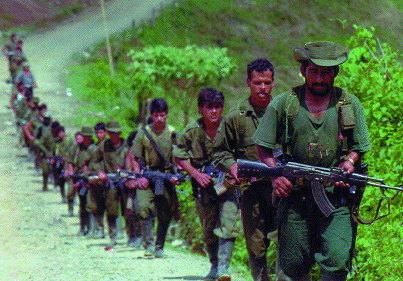The first Global Slavery Index promotes awareness on the prevalence of modern day slavery. To this very day, it is estimated that 29.8 million people are currently serving as slaves. Mauritania, with a population of 3.8 million ranks as number 1. It is estimated that it has 140,000-160,000 enslaved individuals. Mauritania is followed by Haiti, Pakistan, India, and Nepal in descending order.
Modern Slavery: What does it mean?
From human trafficking to forced labour, modern slavery takes many forms, and those that bear this horrible life experience have their fundamental rights denied. These individuals are used, controlled, and exploited by other individuals who believe they are entitled. The purpose of enslaving individuals can range from the need to dominate another person to gaining profits, whether this be through sexual exploitation or forced labour. What all slaves have in common is that they are forced to work, under any form of threat, and during the process they are treated as commodities. A specific form of modern slavery that continues to prevail in Nepal is debt bondage, where individuals must work for other individuals for the purpose of paying off a debt.
The Kamlaris of Nepal
Although slavery was abolished in Nepal in 2000, there are still young girls who are forced to work for the middle class. Enslaved girls are known as kamlaris and they are from the Tharu community. This particular indigenous group had its land taken away and was forced into bonded labour. What this means is that the Tharu community people take care of their landlords’ land and are given half of the profits in return. In addition to working under landlords, the Tharu people are known to trade their daughters for more land rights or to pay off debts. It has become a tradition for this particular community to send their young daughters to work as domestic servants. Strangers to the city life and unaware of customs, these young girls are often isolated and their living standards solely depend on the employer.
[captionpix align=”left” theme=”elegant” width=”300″ imgsrc=”http://natoassociation.ca/wp-content/uploads/2013/10/1371139997877.cached.jpg” captiontext=”2013 Protest”]
The ongoing mistreatment of kamlaris led to the declaration of fundamental rights and the official abolition of slavery in June 2013. These protests were in response to the death of a 12 year old kamlari girl who was burnt to death while living under servitude. Sadly, 5 girls have been found dead and, in addition, over 20 have gone missing while serving the middle class in the past 5 years.
Protecting Nepal’s Slave Girls: The Indentured Daughters Program
The Indentured Daughters Program, in collaboration with the Nepal Youth Foundation (NYF), is committed to rescuing enslaved girls. In the past, this organization has rescued over 12,000 kamlaris. Those that are rescued are provided with shelter and self-empowerment tools so that reintegrating into society is an easier process. It is important to note that many of these girls were subjected to sexual violence and physical mistreatment. The Indentured Daughters Program also raises awareness among parents who might take part in the dangerous modern slavery cycle.
A strong suit of this organization is its promotion of education: all girls are offered the chance to attend school and the victims’ parents are provided with compensation for the girls’ wages as slaves. A notable quality is how the Indentured Daughters Program and NYF build their own classrooms and hire teachers. The reason for doing so stems from the inability of schools to support a large amount of students. As an example, a particular village had an estimated amount of 250-300 girls returning home and, unfortunately, the school’s student enrollment rate reached its capacity.
In a few more years, the Indentured Daughters Program hopes to eradicate this type of slavery, especially because it is a custom. Significant attributes of anti-slavery organizations are consistency and persistence. Countering traditional ways of thinking by molding collective consciousness is a long process. Thus, remaining adamant while working towards the abolition of slavery is crucial and this particular case study highlights the effectiveness of doing so.




